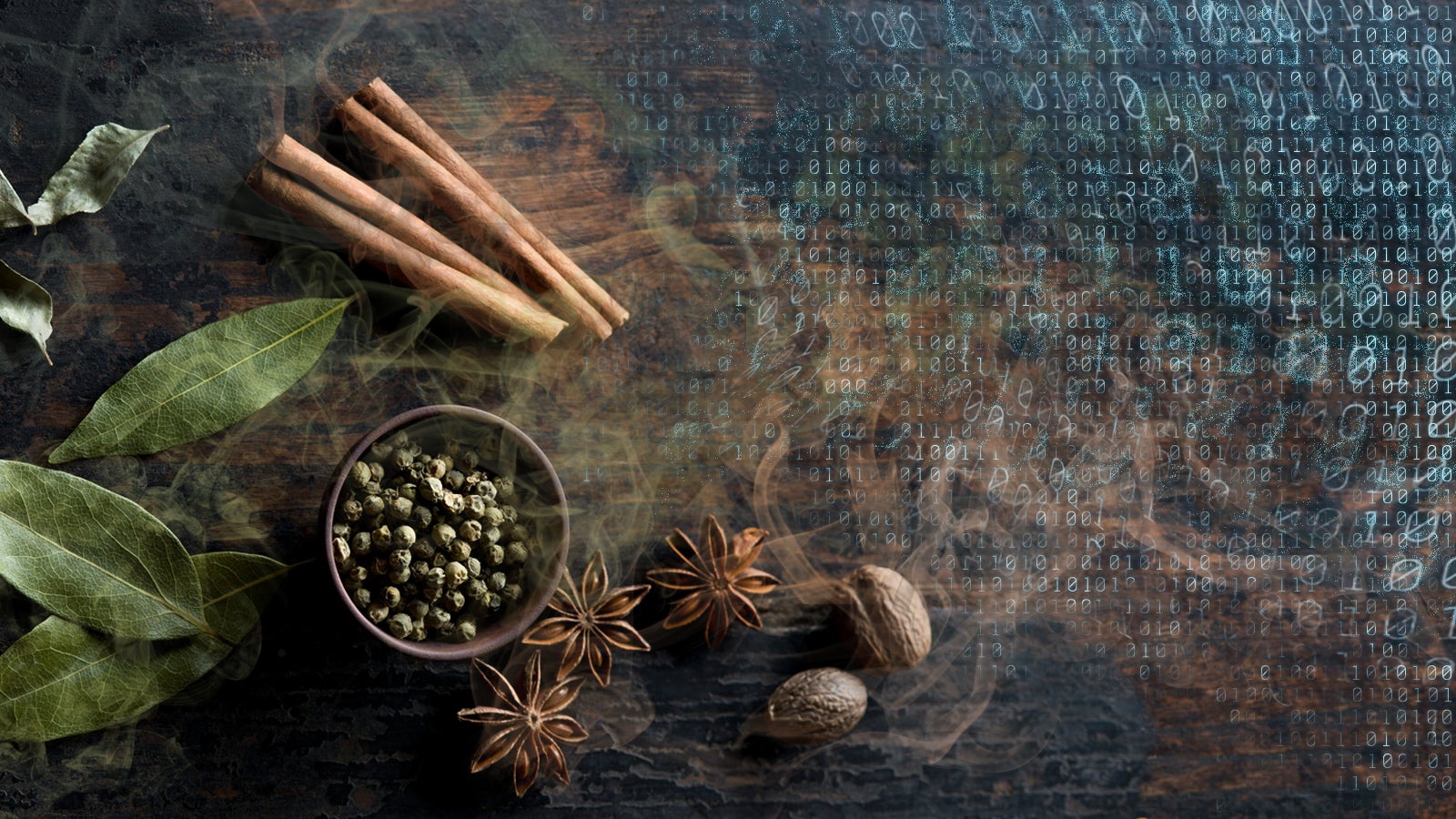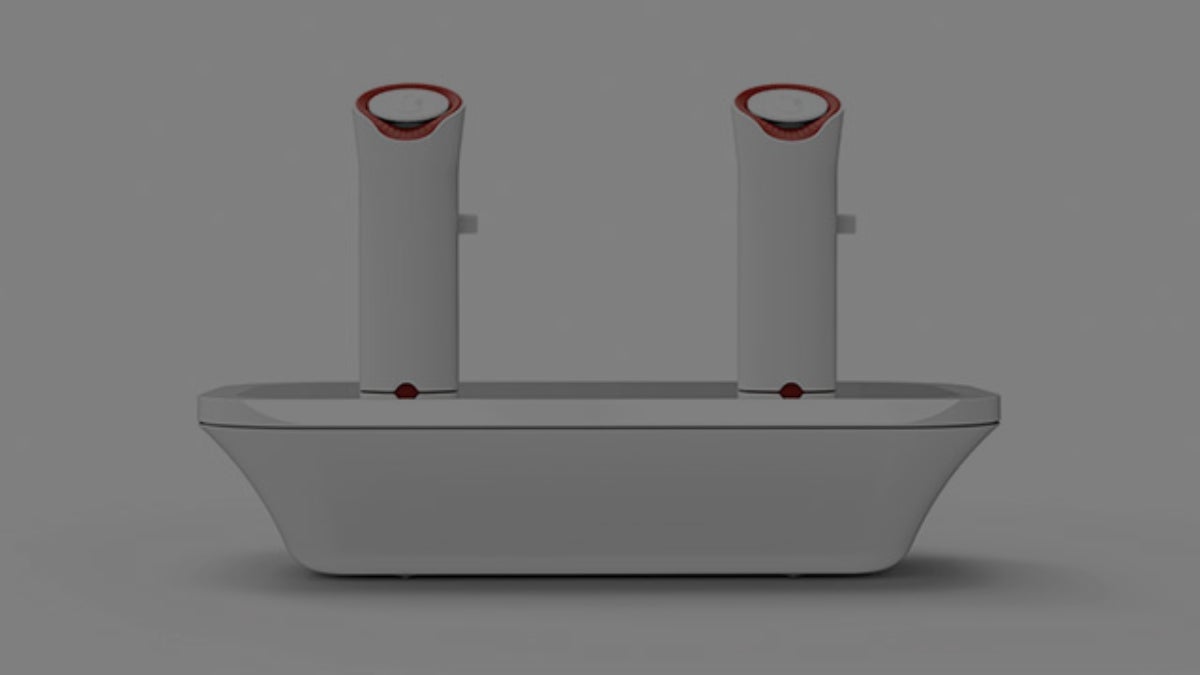Marketers are capitalizing on smell sensors that put shoppers in the mood to buy
This is the second story in Delta Air Lines’ series on innovation, technology, and ideas. The first, on the quest to design the perfect chair, can be read here.


This is the second story in Delta Air Lines’ series on innovation, technology, and ideas. The first, on the quest to design the perfect chair, can be read here.
Technology has always had a hard time tricking our noses. Unlike sight and hearing, which perceive frequency, smell and taste are chemical senses that imprint more strongly in memory. That makes them incredibly hard to replicate in the lab–and amazingly effective at triggering emotion.
Your sense of smell has so much power because it is what evolutionary biologists call a “fundamental” sense, so basic to animal life that even bacteria can do it. There are over 1,000 types of smell sensors in your nose, and they regenerate and change over the course of your life, adapting based on what you smell. Sight, by comparison, uses four types of receptors.
Naturally, marketers are eager to figure out how to marshal all 1,000 of those smell sensors to put you into the mood to buy. Las Vegas casinos have been vaporizing scented oils into their gaming floors since the 1990s, for good reason: a study in 1999 found the practice increased profits by 45%. Car manufacturer Audi AG has a “nose team” that helps select interior materials and finishes using the emotions triggered by their smells. Cinnabon stores bake sheets of sugar and cinnamon when they’re done baking their desserts, just to keep that famous smell emanating from the store.
Companies like ScentAir sell retailers devices called “scent diffusers” that fill their stores with desirable smells meant to create ambiance. The practice has become so widespread that some malls have “scent policies” built into their lease documents.

Today, the science of scent marketing is hitting warp speed with the development of “digital scent devices” like the ChatPerf, a dongle which connects to the audio jack of your iOS device and allows you to send and receive scents to other ChatPerf users. The ChatPerf device can only produce one smell at a time, but digital scent devices like the oPhone, which produces 356 distinct scents, could take personalized scent marketing out of the realm of experimentation. So what do you do with your very own personal smell machine?
Go places. Already one hotel chain is using Oculus Rift headsets to let guests to visually simulate the destination of their choice before actually booking flights. Because the olfactory bulb of your brain is located next to its memory center, smells make artificial experiences more evocative than visuals alone. Adding smell to virtual reality could turn virtual reality from a novelty into a near-simulacrum of real travel.
Scent notifications released by smartphone games and other media may be next. The Scentee, already a hit in Japan, is an update to the ChatPerf dongle that allows users to pre-load one of 12 scents. They include Korean barbecue, cinnamon roll, curry, lavender, corn soup, coconut, and strawberry. The Scentee is now on sale in the US too, for about $50.
Reviews of these digital scent devices are typically mixed. One scent expert called the oPhone’s scents “definitely perceptible.” And the Scentee, while a novel way to get a scent notification from a friend, requires the user to manually load each scent themselves, limiting the serendipity. Still, with at least one bacon-odor-emitting alarm clock on the market, maybe this time things will be different. It’s clear that today’s technical limitations won’t keep these devices from changing the way we shop tomorrow.
This article was produced on behalf of Delta Air Lines by the Quartz marketing team and not by the Quartz editorial staff.